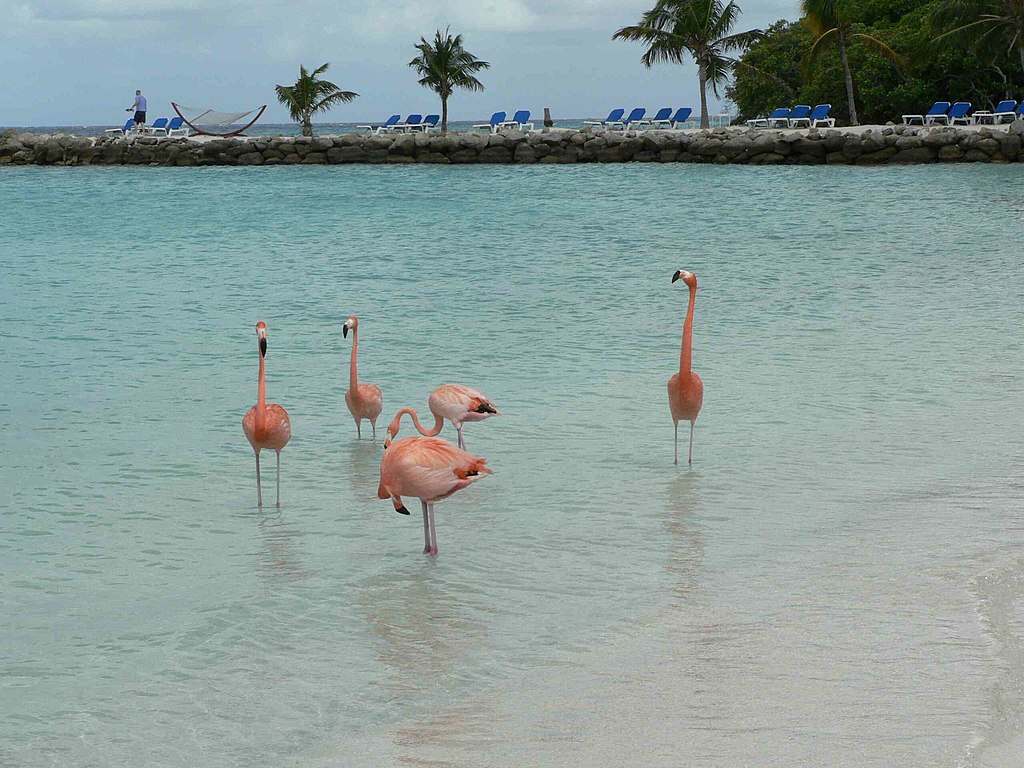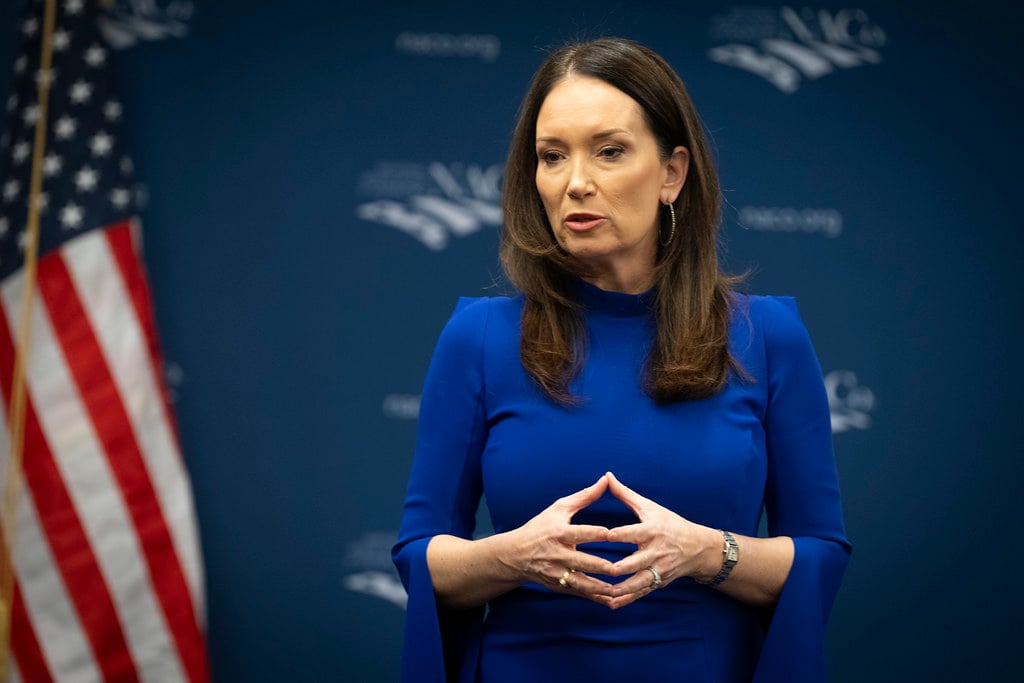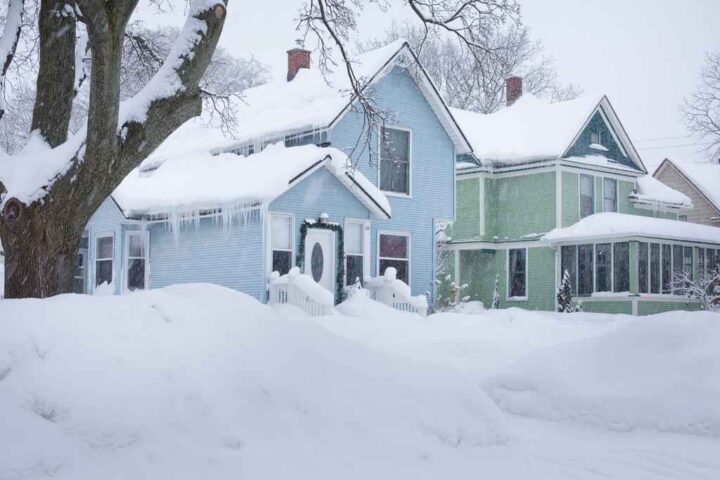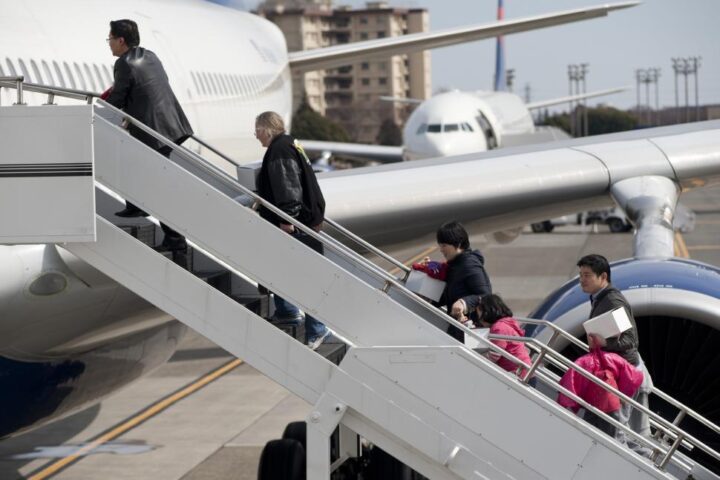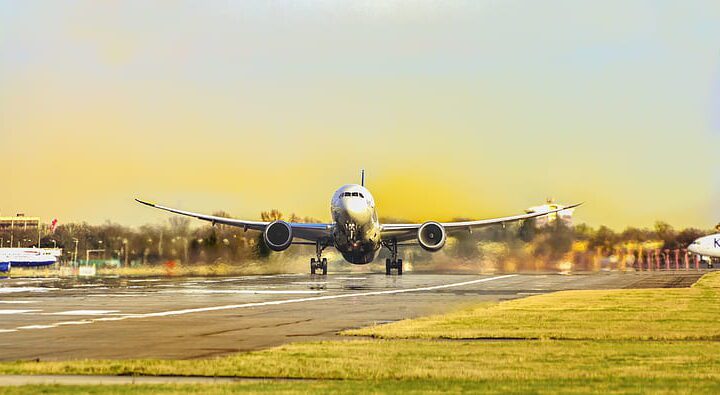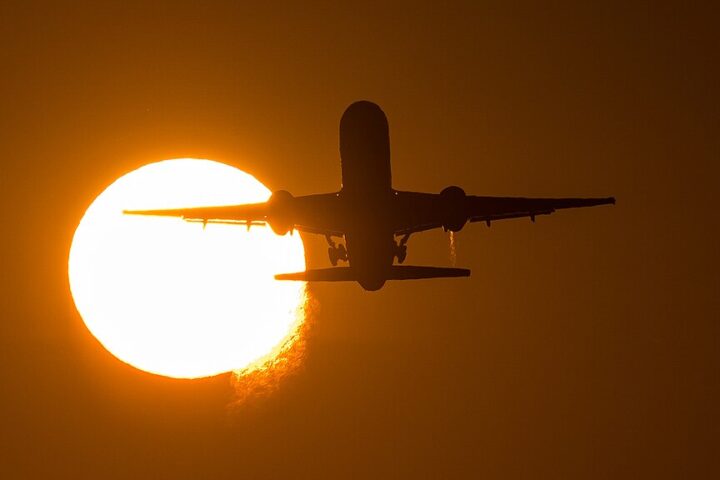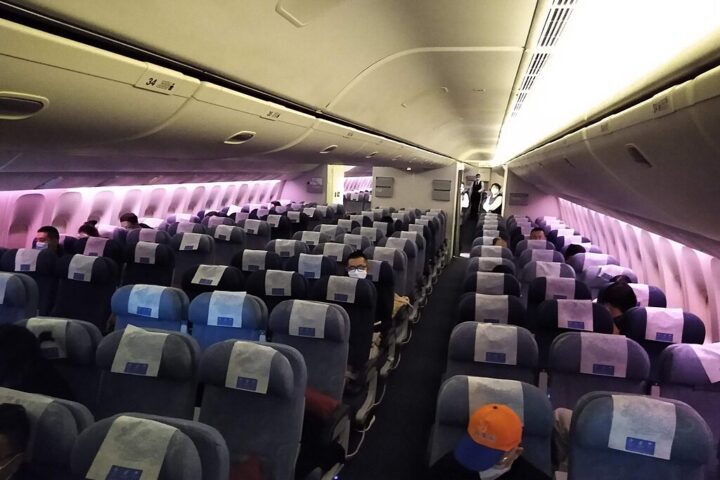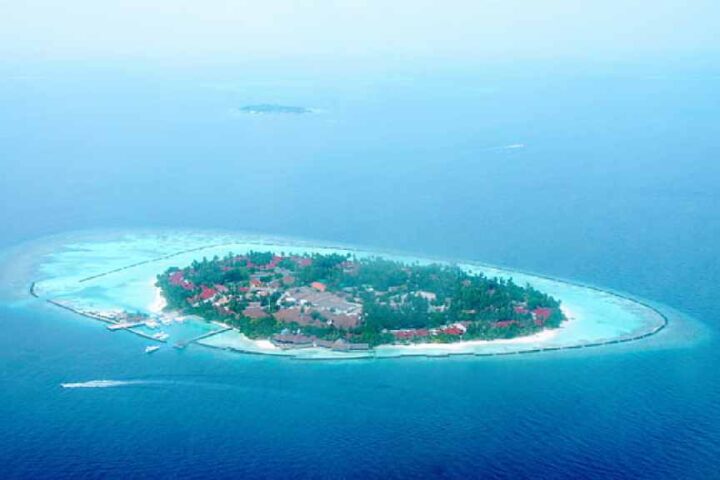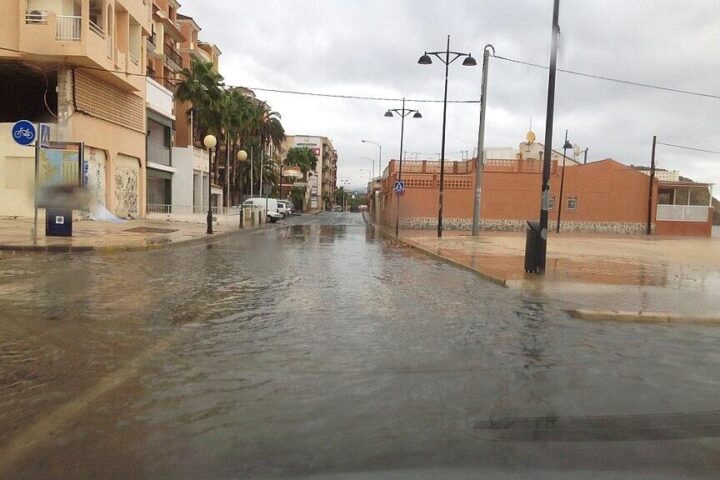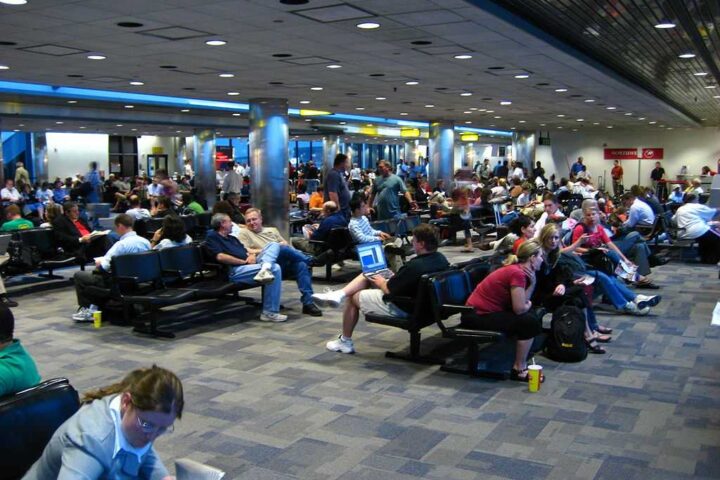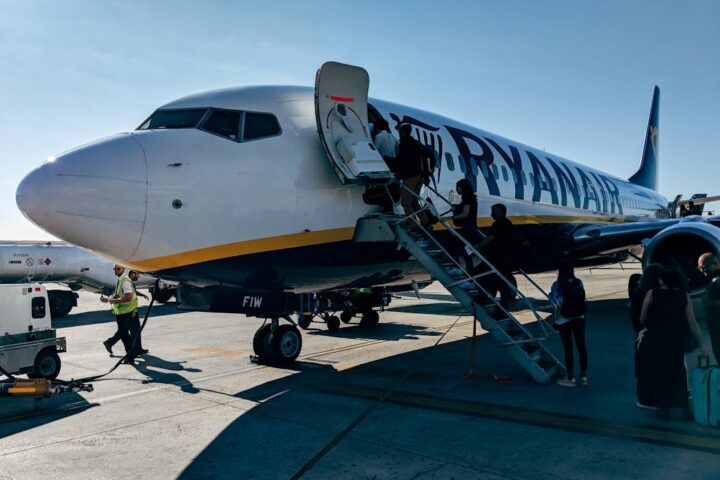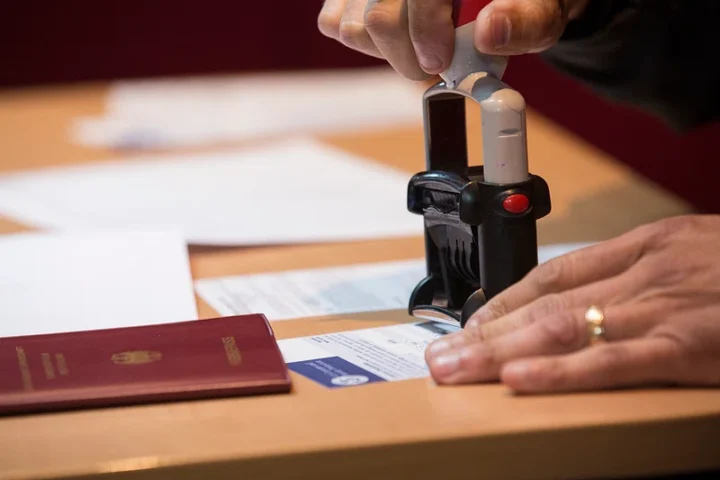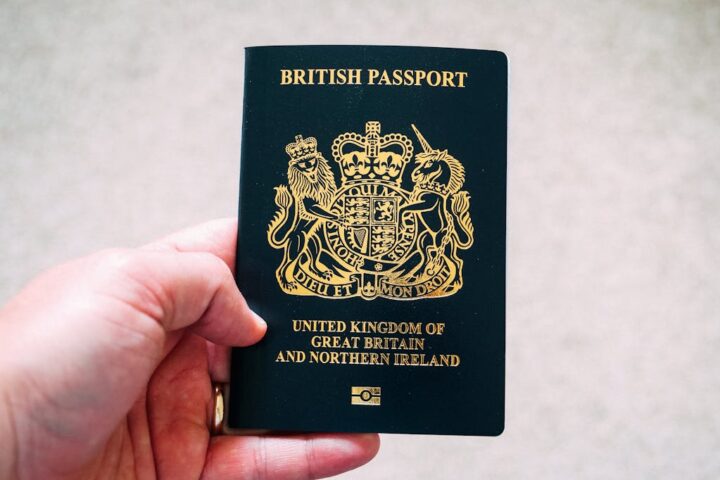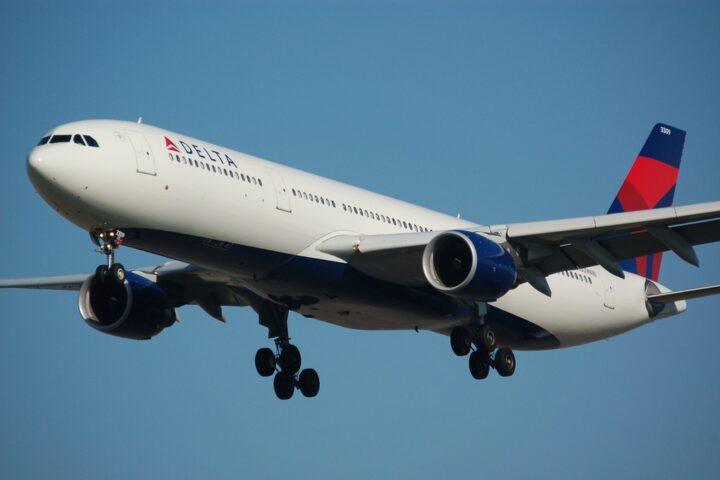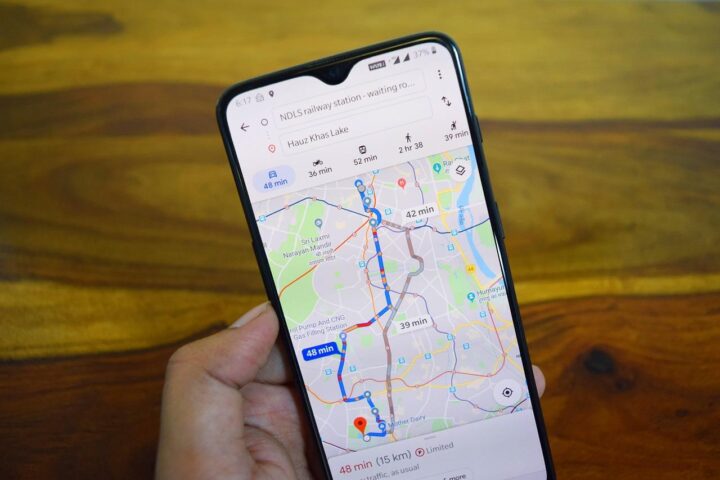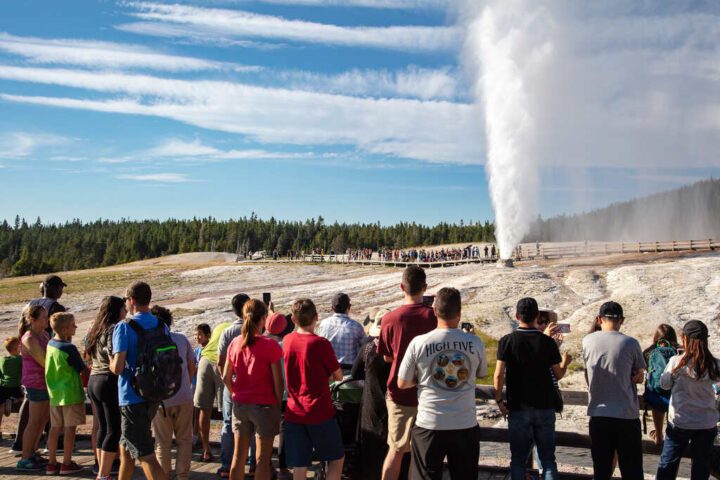Planning a Caribbean escape requires more than just finding pretty beaches—safety matters just as much as scenery. As travel rebounds in 2025, understanding which islands offer the best protection from crime, natural disasters, and health emergencies can make or break your tropical getaway.
Let’s dive into the comprehensive safety landscape across the Caribbean, using hard data and expert insights to guide your island-hopping adventures.
The Safest Caribbean Destinations for 2025
The top-performing islands consistently maintain Level 1 (“Exercise Normal Precautions”) travel advisories from the U.S. State Department, low crime rates, robust healthcare systems, and minimal hurricane exposure.
Aruba stands out with its comprehensive safety infrastructure. The island maintains one of the region’s lowest crime rates while offering expanded healthcare facilities through Horacio Oduber Hospital, which now provides 248 beds for approximately 120,000 residents plus roughly 15,000 daily tourists.
The Aruba Health & Happiness Code ensures businesses across the island meet hygiene and safety protocols that support visitor wellbeing, according to the Aruba Tourism Authority.
Barbados combines strong safety scores with exceptional medical capabilities. The Queen Elizabeth Hospital meets Western accreditation standards with approximately 600 beds and multiple specialty units including surgical and cardiac care. The island has increased police presence in tourist areas to enhance visitor security.
Cayman Islands maintains among the lower homicide rates in the Caribbean, averaging ~4 per 100,000 residents according to UNODC data. The territory has implemented accessibility features like Mobi-mat wheelchair beach access at Seven Mile Beach and other locations, making it welcoming for travelers with diverse needs.
Turks & Caicos continues its security measures with strict entry requirements and visible policing in tourist zones, though travelers should note the U.S. State Department currently assigns it a Level 2 advisory (“Exercise Increased Caution”).
The ABC Islands (Aruba, Bonaire, Curaçao) offer a unique safety advantage: they sit outside the hurricane belt with no direct hits for over a century. These islands have invested in various infrastructure projects to enhance visitor safety and comfort.
Healthcare Realities: Beyond Basic Medical Services
A crucial safety factor often overlooked is hospital capacity and specialized care options. For travelers with medical conditions, these details matter significantly.
Puerto Rico offers 3.32 hospital beds per 1,000 population according to historical World Bank data—comparable to mainland U.S. rates. The island also hosts the VA Caribbean Healthcare System with comprehensive specialty services.
Barbados has invested heavily in healthcare infrastructure, maintaining the 600-bed Queen Elizabeth Hospital with emergency medicine, intensive care, and cardiac capabilities that meet international standards.
By contrast, smaller islands like Dominica and St. Vincent have limited specialized care, often requiring medical evacuation for complex conditions—a key consideration when selecting travel insurance.
Crime Trends: Understanding the Real Numbers
While many Caribbean destinations boast “low crime,” UNODC findings reveal important nuances. Several islands have recorded varying increases in crime rates since 2021, though patterns differ significantly by location.
The Cayman Islands and Anguilla maintain relatively low crime rates compared to regional averages, though small populations mean even a few incidents can cause statistical fluctuations year to year.
When comparing locations, travelers should focus on tourist-zone safety rather than island-wide statistics. Many destinations maintain highly secure resort areas despite challenges in urban centers.
Hurricane Risk in a Changing Climate
Caribbean travelers must consider hurricane season (June through November) with increasing seriousness. IPCC reports indicate tropical cyclone rainfall is projected to increase with medium confidence that rain rates will intensify as the climate warms.
The ABC Islands offer remarkable historical calm—no major hurricane since 1851—while eastern Caribbean locations face Category 4-5 risks during peak season.
The 2017 Hurricane Maria disaster demonstrated critical infrastructure vulnerabilities: Puerto Rico’s power grid restoration took 328 days (approximately 11 months)—the longest blackout in U.S. history. Since then, many islands have improved their recovery capabilities and resilience plans, though recovery timelines still vary significantly by location and storm severity.
Travel Insurance: The Safety Net You Can’t Skip
Comprehensive travel insurance covering medical evacuation and natural-disaster trip interruption should be standard practice even when visiting Level 1 advisory islands.
Evacuation costs from Caribbean islands to mainland U.S. medical facilities can exceed $30,000 without coverage. This protection becomes especially vital when visiting islands with limited healthcare facilities or during hurricane season.
Similar Posts
Note that “Level 1: Exercise Normal Precautions” advisories still imply carrying valid insurance for health and weather events—government ratings reflect relative safety, not absolute security.
Long-Term Safety Investment: Islands Taking Action
Forward-looking safety initiatives provide insight into which destinations are serious about visitor protection.
Grenada’s government has implemented community policing and emergency response capabilities following hurricane recovery efforts.
Barbados has enhanced tourism safety with increased police presence and improved lighting in visitor areas.
Several islands have implemented sustainable tourism models that balance visitor volume with infrastructure capacity—avoiding overtourism that can strain safety resources.
The Data-Driven Approach to Island Selection
When evaluating Caribbean destinations for your 2025 travels, consider these weighted factors:
- Travel Advisories (30%): U.S. State Department levels provide standardized risk assessment
- Crime Statistics (30%): UNODC homicide rates and tourism-zone security metrics
- Healthcare Access (25%): Hospital beds per capita, specialist availability, and evacuation protocols
- Hurricane Risk (15%): Historical storm exposure and infrastructure resilience
This balanced methodology provides a comprehensive view beyond simple “safe/unsafe” designations.
What Travel Experts Recommend
Safety professionals suggest selecting destinations based on your specific needs and risk tolerance.
For families with children or travelers with medical conditions, islands with robust healthcare systems like Barbados and Aruba offer greater peace of mind.
Solo female travelers might prioritize destinations with dedicated tourism police and safe transportation options.
Budget-conscious travelers should balance lower accommodation costs against potentially higher insurance premiums for islands with limited medical facilities.
Planning Your Safe Caribbean Getaway
Book accommodations in established tourism zones with visible security.
Register your trip with the U.S. State Department’s Smart Traveler Enrollment Program (STEP) for emergency alerts.
Research hospital locations relative to your lodging and verify what medical services they actually provide.
Consider shoulder-season travel (April-May, November-December) to reduce both hurricane risk and crowding while maintaining access to full emergency services.
Island Safety: The Numbers That Matter
Caribbean safety is ultimately about understanding the data behind the destination marketing. The islands consistently rating highest on combined metrics include Aruba, Barbados, Cayman Islands, and Turks & Caicos.
Each offers a unique combination of low crime rates, strong healthcare infrastructure, minimal natural disaster exposure, and institutional commitment to visitor safety.
When researching your next Caribbean vacation, look beyond generic “safe island” claims to examine specific hospital capabilities, verified crime statistics, hurricane history, and safety-focused tourism initiatives.
By taking this data-driven approach to tropical getaway planning, you can find your perfect balance of paradise and peace of mind.
